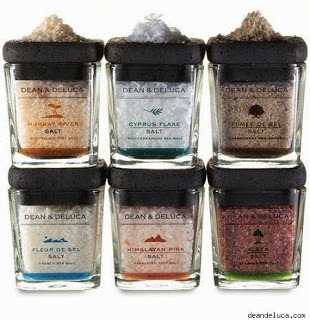The Marriage of Specialty Food and Health Food
We have all heard the saying, “You are what you eat.” Today, we are increasingly coming to understand that our eating habits are not just a way of satiating our appetite. They are also how we nurture our bodies—and our bodies are not afraid to advertise that fact to the world, like a legacy of edible virtues and sins. Our secret hope is that our bodies will be able to hide any excess from prying eyes, but the reality is that if we don’t eat our five servings of fruits and vegetables per day, our friends will eventually know about it.
At the same time that we are becoming more aware of the benefits of eating right, we are also discovering that has become incredibly difficult to access healthy food! Technological innovation, while increasing the productive capability to produce food in quantity, has also lowered the nutritional value of food products, and as people become aware of this they are starting to look elsewhere for food that doesn’t just taste good, but truly nourishes them. We can see this in the trend towards organic food and the concerns over biotechnology and genetic manipulation in food.
To enjoy food that is both delicious and nutritious, one must go back to the traditional means of production. The old way of cultivating and making food is now a specialty industry—and ironic fact if there ever was one. A return to the old ways of making food means a smaller supply, which also means higher costs. There are currently 14,000 specialty food stores in the US, and nearly 200 million Americans enjoy specialty foods—that’s 2/3 of the population! In an industry valued at over 25 billion dollars per year—and that was nearly a decade ago!—it pays to be healthy. The age of fast food domination is over. This is the era of healthy specialty food. If you aren’t already on the wagon, it’s time to catch up!

